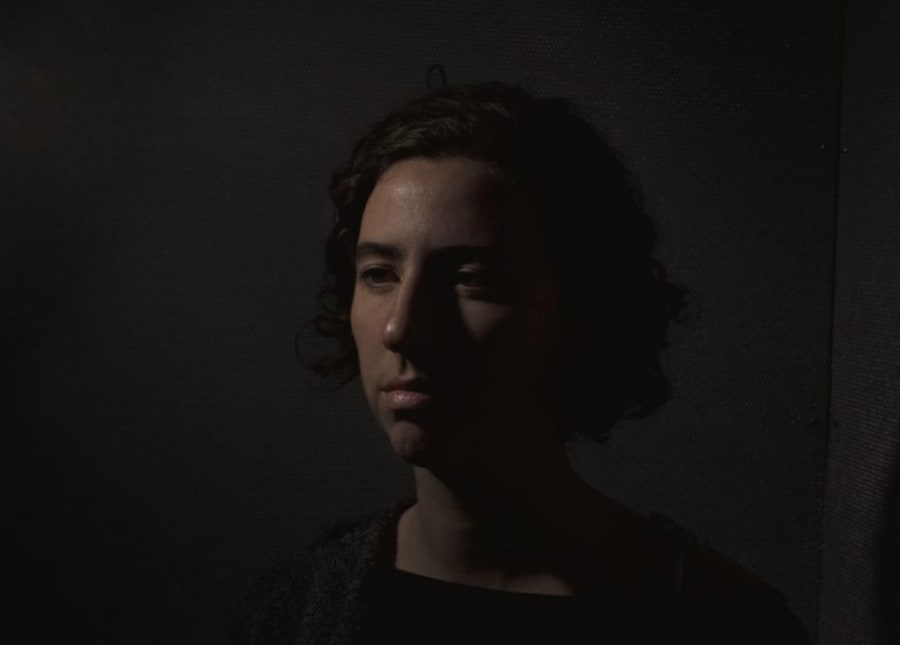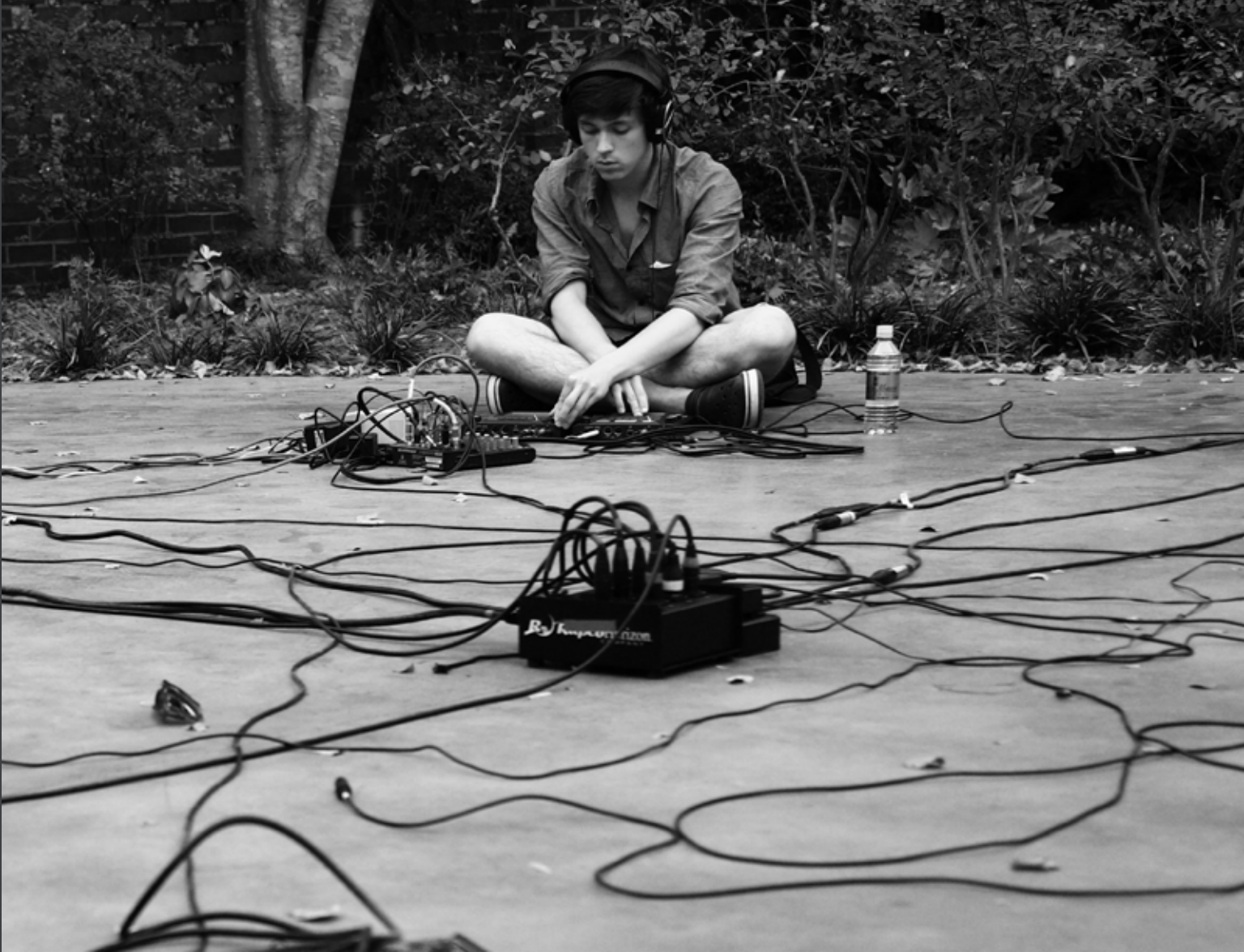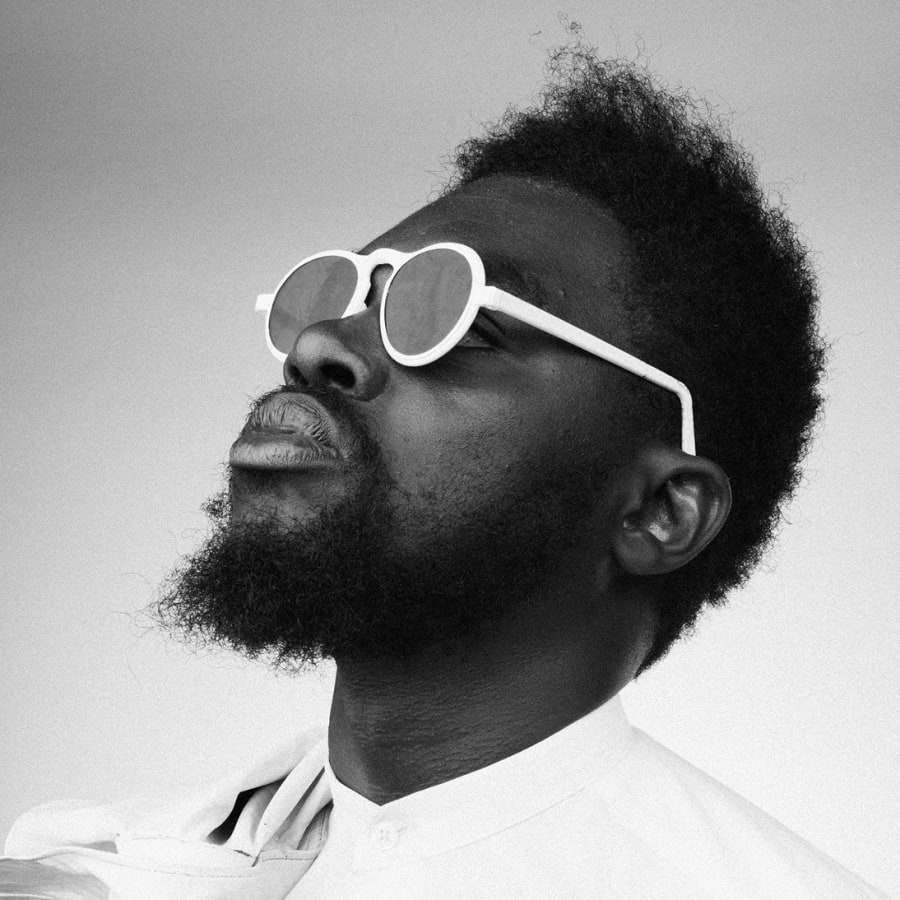
Várias vezes ao dia penso que a realidade poderia ser feita apenas de som — como se o som tivesse a capacidade de construir e modelar objetos, espaços, pessoas, animais e árvores etc. Imagine um lugar amplo, bem amplo, onde o vento dança assobiando melodias de um oboé Nesse mesmo lugar sinos conversam bem lentamente imersos em rios de harmônicos…
Many times a day I think reality could be made of sound alone — as if sound had the capacity to construct and model objects, spaces, people, animals, or trees. Imagine a wide space, a really wide one, where the wind dances, whistling oboe melodies. Here, even the ground is made of sound, a fat low solid sound. In infinity (the infinity of my imagination), I catch myself building places like this, some of them more figurative, some of them quite abstract. One after the other: caves, lakes, pavilions and parks that many times become liquid and gaseous with no logic or visual reference. Fantastic places that can only exist with our eyes shut. I believe that it is only with eyes closed that we are able to face the possible; it is by listening that we co-create with silence.
Lately I’ve been thinking about the concept of the third eye and the metaphors and experiences it suggests. I believe that the third eye is actually an ear, an open ear seeking to listen to new places and dreams.

To think that existence is not limited to our body or mind, or even to this reality, opens infinite possibilities. I believe that sound not only represents these possibilities but also makes them a collective experience, co-creating other worlds through imagination. In Sonora, a project I co-produced with Bruno Garibaldi, it’s a bit of this feeling that we were looking for: sounds and words capable of becoming realities through imagination and memory. A simple procedure that articulates many things: listening. By experiencing this immersive 45-minute work, audiences found that it had a strong effect on their health and wellbeing. There’s something in sound that can restructure body and mind, as if healing through our third eye.
It’s very interesting to work with imagination and the power of the brain to create images. I feel that’s where my interest in architecture lies. Not “architecture” in an academic or occupational sense, but rather imagining and creating new spaces that flirt with the impossible and absurd. Nowadays the means of musical production is associated with the accessibility of digital technology, allowing seemingly infinite sonic approaches. The tools we use and our abilities to handle them in essence form pre-constructed sonic situations.

And so we made the Ouroborium, created with Chris Marianetti and Kyla-Rose Smith, an installation as a social experiment of pre-sonic-construction (one where there is no predetermined concept of an audio experience). This project reflects a collective unconsciousness — chaotic with glimpses of sanity — a situation I believe well represents life. I also think that the installation explores the blurry boundaries between art and entertainment, frustration and action, sound and silence, music and noise. A shared environment where collaboration is imperative, and reveals a lot about the nature of chance, and its impact on the individual and the collective. And while I’m surrounded by this universe of projects and ideas, I sometimes feel that collective-reality-making is in itself a kind of artistic collaboration.
This essay is taken from ONEBEAT ZINE Vol. 1: The Golden Record
Written by 2016 Fellow Luisa Puterman



